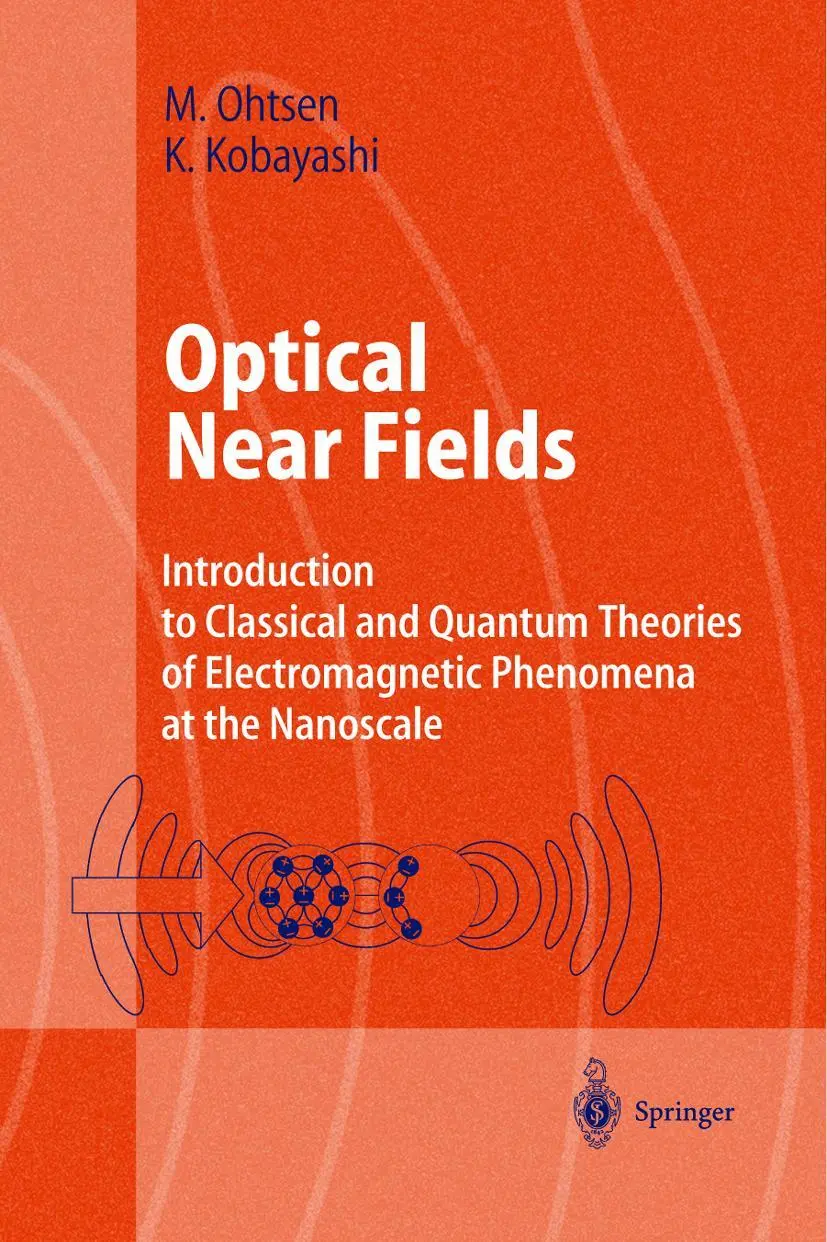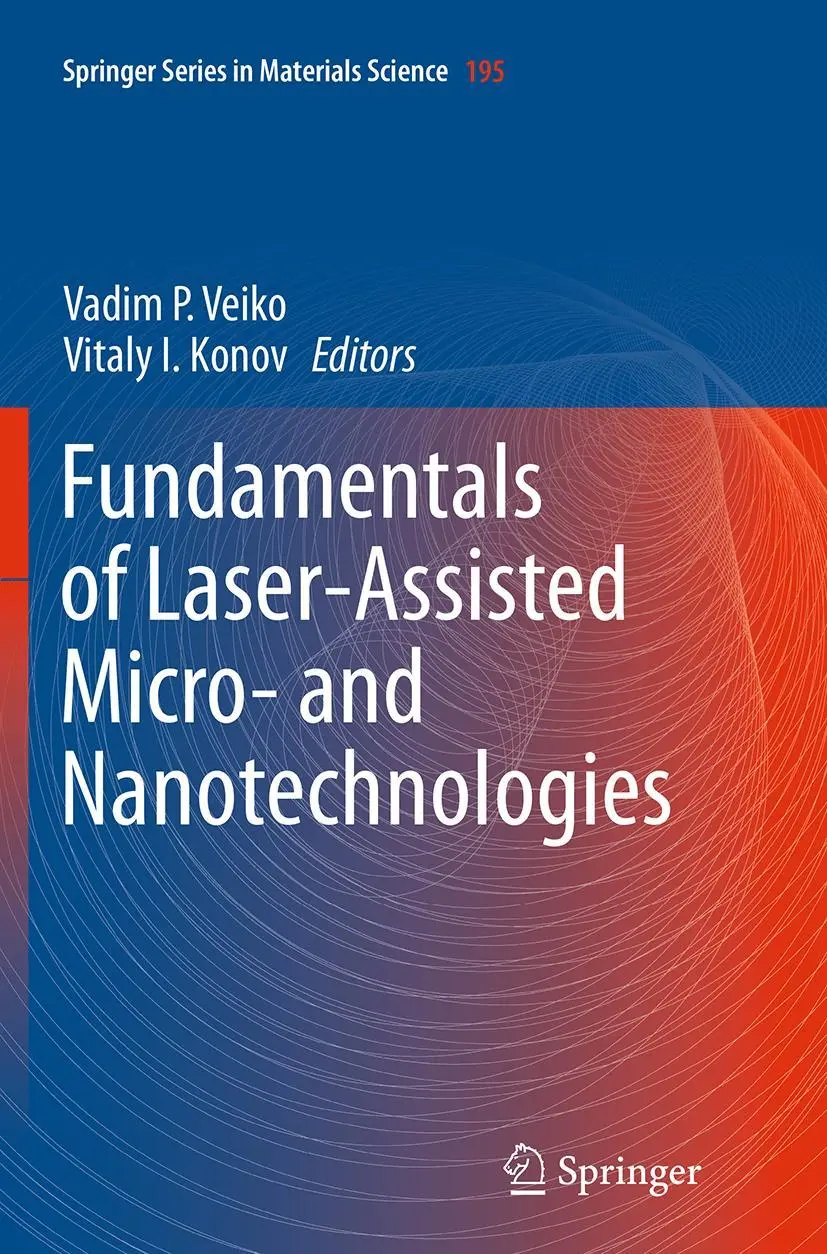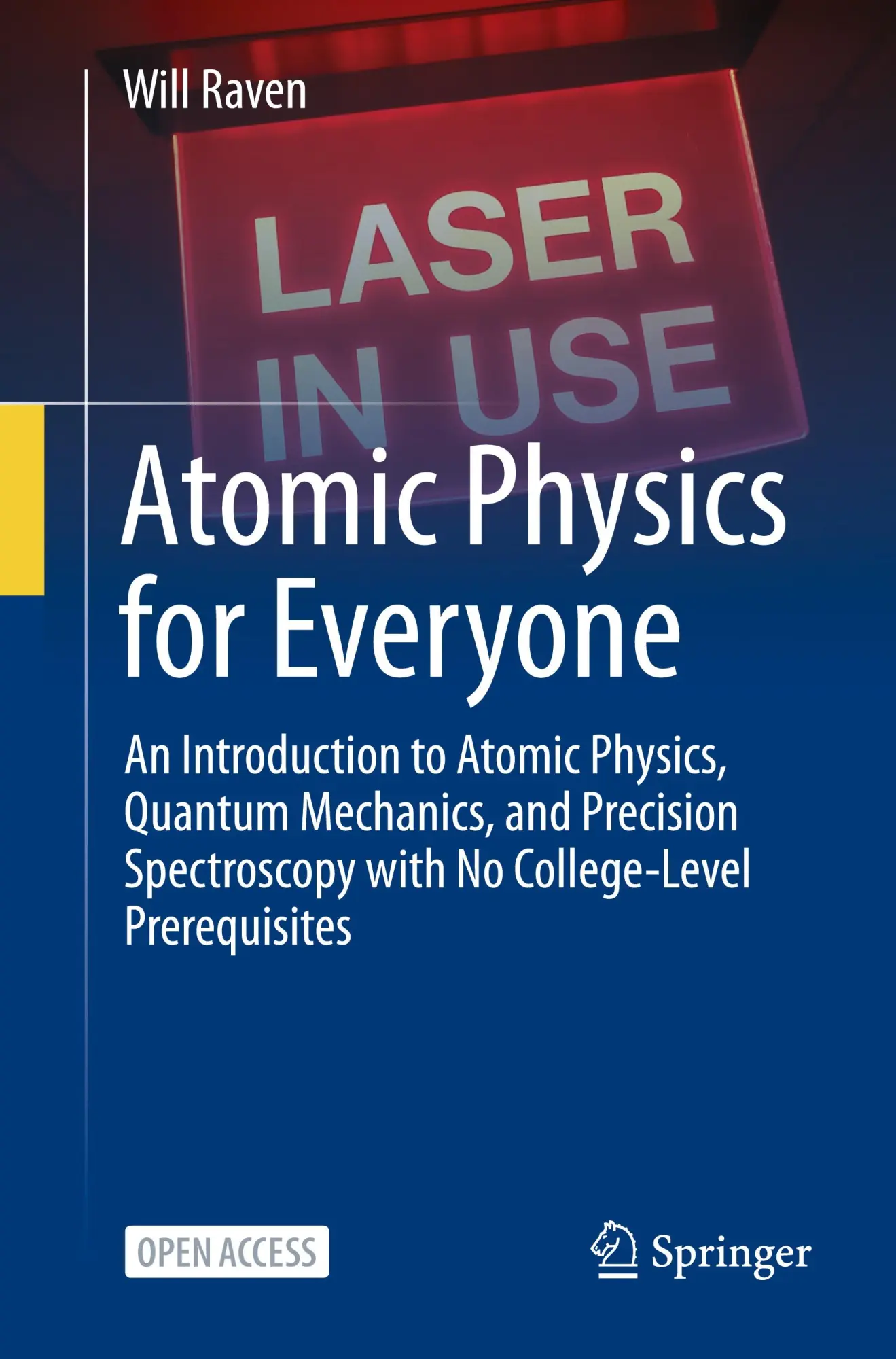This book outlines physically intuitive concepts and theories for students, engineers, and scientists who will be engaged in research in nanophotonics and atom photonics. The main topic is the optical near ?eld, i.e., the thin ?lm of light that is localized on the surface of a nanometric material. In the early 1980s, one of the authors (M. Ohtsu) started his pioneering research on optical near ?elds because he judged that nanometer-sized light would be required to shift the paradigm of optical science and technology. This ?eld of research did not exist previously, and was not compatible with trends in opticalscienceandtechnology.However,hewasencouragedbytheknowledge that scientists in other countries started similar research in the mid 1980s. In the 1990s, optical technology progressed very rapidly and the p- tonics industry developed, but further progress became di?cult due to the fundamental limit of light known as the di?raction limit. However, there was a growing awareness among scientists and engineers that this limit can be overcome using optical near ?elds. Since a drastic paradigm shift in the c- cepts of optics is required to understand the intrinsic nature of optical near ?elds, the demand for a textbook on this subject has increased. The present book aims to meet this demand.
This book outlines physically intuitive concepts and theories for students, engineers, and scientists who will be engaged in research in nanophotonics and atom photonics. The main topic is the optical near ?eld, i.e., the thin ?lm of light that is localized on the surface of a nanometric material. In the early 1980s, one of the authors (M. Ohtsu) started his pioneering research on optical near ?elds because he judged that nanometer-sized light would be required to shift the paradigm of optical science and technology. This ?eld of research did not exist previously, and was not compatible with trends in opticalscienceandtechnology.However,hewasencouragedbytheknowledge that scientists in other countries started similar research in the mid 1980s. In the 1990s, optical technology progressed very rapidly and the p- tonics industry developed, but further progress became di?cult due to the fundamental limit of light known as the di?raction limit. However, there was a growing awareness among scientists and engineers that this limit can be overcome using optical near ?elds. Since a drastic paradigm shift in the c- cepts of optics is required to understand the intrinsic nature of optical near ?elds, the demand for a textbook on this subject has increased. The present book aims to meet this demand.
Zusammenfassung
Using the thin film of light, the optical near field, that is localized on the surface of a nanometric material has removed the diffraction limit as a barrier to imaging on the nano- and atomic scales. A paradigm shift in the concepts of optics and optical technology is required to understand the instrinsic nature of the near fields and how best to exploit them. Professors Ohstu and Kobayashi crafted Optical Near Fields on the basis of their hypothesis that the full potential for utilizing optical near fields can be realized only with novel nanometric processing, functions, and manipulation, i.e., by controlling the intrinsic interaction between nanometer-sized optical near fields and material systems, and further, atoms. The book presents physically intuitive concepts and theories for students, engineers, and scientists engaged in research in nanophotonics and atom photonics.
Inhaltsverzeichnis
1 Deadlocks in Conventional Optical Science and Technology.- 2 Breaking Through the Diffraction Limit by Optical Near Field.- 3 Past and Present of Near-Field Optics.- 4 Dipole-Dipole Interaction Model of Optical Near Field.- 5 Electrodynamics of Oscillating Electric Dipoles.- 6 Self-Consistent Method Using a Propagator.- 7 Picture of Optical Near Field Based on Electric Charges Induced on the Surface and Polarized Currents.- 8 Picture of Optical Near Field as a Virtual Cloud Around a Nanometric System Surrounded by a Macroscopic System.- 9 Application to Nanophotonics and Atom Photonics.- A Basic Formulae of Electromagnetism.- A.1 Maxwell's Equations and Related Formulae.- A.1.1 Static Electric and Magnetic Fields.- A.1.2 Dynamic Electric and Magnetic Fields.- A.1.3 Electromagnetic Fields Generated by an Electric Dipole.- A.1.4 Power Radiated from an Electric Dipole.- B Refractive Index of a Metal.- C Exciton-Polariton.- D Derivation of Equations in Chapter 8.- D.1 Derivation of (8.1).- D.2 Derivation of (8.2).- D.3 Derivation of (8.3).- D.4 Projection Operator Method and Derivation of (8.5).- D.4.1 Definition of a Projection Operator.- D.4.2 Derivation of an Effective Operator.- D.6 Derivation of (8.9).- D.7 Derivation of (8.12).- Solutions to Problems.- References.












